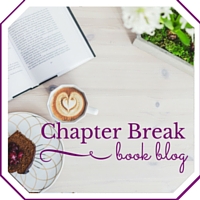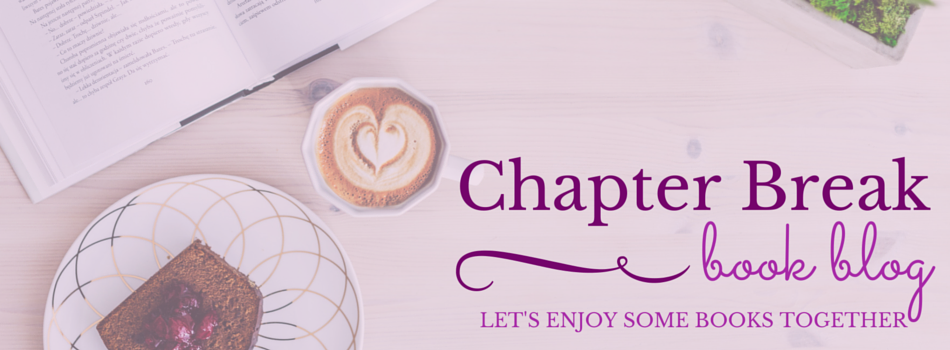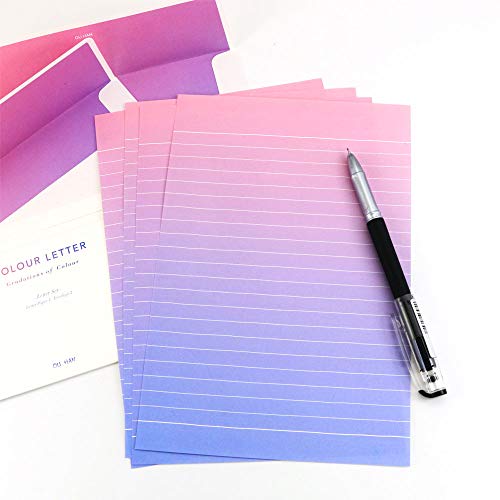Writing is an art that is so often shrouded in mystery and attended by superstition. It’s part of what makes great writing so exciting and elusive: the idea that great writers have only produced their work through mysterious habits and acts of great self-sacrifice.
Of course, it’s impossible to know to what extent these practices really helped make classic works so memorable. My theory is that they just created the necessary atmosphere for creation, whether that was comfort, routine or motivation. Regardless, it’s always interesting to learn of the highly specific and unusual rituals of great writers. Here are a few things you might want to try yourself (and a few more you probably shouldn’t).
Where You Write
Moe Jackenzie, a literary blogger at Writinity and Lastminutewriting, reminds us that “Anyone who has tried to write anything has probably found there are hundreds of places they can’t write, a list often generated through the desperate search to find somewhere they can write. Many successful writers have found the very specific and often pretty unusual places that help them create their masterpieces through this same trial and error.”
Children’s authorRoald Dahlhad an armchair in a shed behind his house, whilst both James Joyce and Truman Capote preferred writing lying down, the former on his stomach with big blue pencils, and the latter on his back with a cigarette and coffee.

When You Write
Some of us are night owls, others are morning larks, and still, others find the balance in between; each writer has their own habits on when they produce their best work. The brilliant Virginia Woolf would write for two and a half hours in the morning, every morning, while Franz Kafka would write through the night from 11 pm to 6 am.
Then, of course, there’s the infamous routine of Hunter S. Thompson, who would allegedly indulge in seven hours of drink, drugs, and food just to be ready to write at midnight (hint: don’t try this at home).
Some writing traditions went beyond the time of day. Truman Capote refused to start or finish a piece of work on a Friday, while Chilean author Isabel Allende always began her novels on January 8th.
What You Wear
Different environments require different dress codes, but what should you wear when you’re writing? Francine Prose, author of the 2000 book Blue Angel, allegedly chose her husband’s pajamas as a writing uniform, while The Wapshot Chronicle author John Cheever prefers only his underwear.
Going even further, by 1923 T.S. Eliot would powder his face green and wear lipstick to get into character as “Captain Eliot”.
Sometimes a wardrobe is chosen to avoid procrastination. This was the tactic employed by Victor Hugo while writing the Hunchback of Notre Dame. He allegedly locked himself in his room in late 1830 with a fresh bottle of ink and swore not to leave until he’d finished his book. He wore nothing but knitted undergarments and a grey shawl to dissuade himself from leaving the room underdressed.
What You Write With
“If a writer’s tools are their words, then their writing material is the ivory from which they carve sculptures,” says Ruby Sassello, a writer at Draftbeyond and Researchpapersuk. “What you write with changes the writing experience which, on some level, necessarily changes the writing. That’s why writers throughout history have selected their writing materials with great care.”
Alexandre Dumas, the author of The Three Musketeers, was convinced the color of paper he wrote on affected the quality of his writing; he preferred blue paper for fiction, yellow for poetry and pink for articles, and always hated running out and having to switch to cream.
We’ve already mentioned James Joyce’s big blue pencils, which he allegedly preferred because they were easier to see with his poor eyesight, though he is said to have written most of Finnegan’s Wake on cardboard with crayons. Author of Lolita, Vladimir Nabokov, used to write on 3-inch by 5-inch index cards, which he held together with paper clips and stored in small boxes.
Conclusion
What you learn from all of these habits are the lengths to which great writers went to get their work done. Let it inspire you to develop your own odd habits to motivate your own great work!
Bio
Ashley Halsey is a professional writer at Luckyassignments.com and Gumessays.com. She works with clients across the country to produce high-quality content and takes great interest in the process of writing. Mother of two children, she enjoys traveling, reading and attending business training courses.





